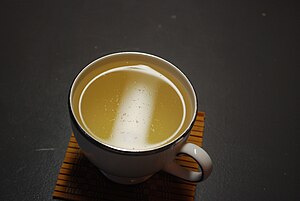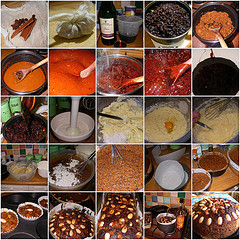
Image via Wikipedia
White Tea Considered as One of the Most Expensive Tea in China
White tea is tea made from leaves of the tea plant Camellia sinensis. The leaves are harvested while very young, and the buds are still covered in very fine, white hairs. These hairs are what give white tea its name. White tea is cultivated primarily in China, mainly in the mountainous and fertile Fujian province, where white tea has a long history. The bushes on which the white tealeaves are to be grown are the ones that are best placed with respect to sunshine and rain. The finest qualities of white tea, often called Silver Needle, consist exclusively of the buds of tealeaves. These buds are hand picked during certain days in the spring, usually between March 15th and April 10th. By that time, the buds have reached the perfect balance between youth and maturity that gives the best-tasting tea. The leaves and buds are withered over a few hours, and then air-dried. The temperature and even the air moisture are taken into consideration during the production, and the art is to get a perfect balance between solar withering and indoor withering. [Read more…]


